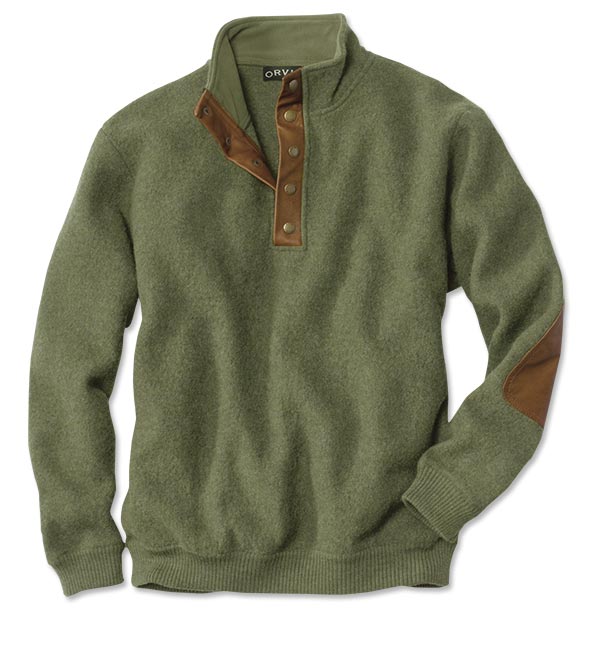
How to organize sweaters, particularly those made of delicate materials like wool, cashmere, or alpaca, requires careful handling both in terms of storage and cleaning. Proper maintenance ensures that your sweaters retain their shape, color, and softness over time. This guide provides a detailed walkthrough on how to organize and clean your knitwear effectively, helping you extend the life of your cherished garments.
1. Organizing Your Knitwear
Storage Solutions:
The first step in organizing your knitwear is to invest in suitable storage options. Use breathable fabric storage containers or acid-free tissue paper to prevent dust and pests while allowing air circulation. Avoid plastic bags as they can trap moisture and lead to mold growth. Fold knits neatly, avoiding hanging them as this can cause stretching and deformation.
Categorization:
Categorize your sweaters by material, weight, or season. Grouping similar items together makes it easier to find what you need and helps maintain the integrity of the fibers. For instance, store lightweight cottons separately from heavier wools, and always separate light and dark colors to prevent dye transfer.
Rotation:
Rotate your wardrobe based on seasonal changes. Store off-season knits in a cool, dry place away from direct sunlight to prevent fading and fiber degradation. Regularly inspect stored items for signs of damage or pest infestation.
2. Cleaning Your Knitwear
Pre-Cleaning Inspection:
Before washing, examine your sweater for stains, holes, or loose threads. Treat any stains with a gentle spot cleaner before washing. For minor dirt or odors, airing out your sweater might be enough, saving you from unnecessary washing which can degrade the fabric.
Choosing the Right Method:
Read and follow the care label instructions carefully. Many high-quality knits are best hand washed using a gentle detergent specifically designed for delicates. Fill a sink or basin with cool water and add a small amount of soap. Soak the sweater for about 10 minutes, gently agitate without wringing, then rinse thoroughly until the water runs clear.
Alternatively, some modern machine-washable knitwear can be washed on a gentle cycle with a mild detergent in cold water. Always use a mesh laundry bag to protect the garment from snagging.
Drying Techniques:
After washing, avoid harsh twisting or wringing as this can distort the shape of the sweater. Instead, gently press out excess water and lay the sweater flat on a clean towel to dry. Smooth out any wrinkles or creases, reshape collars and sleeves, and allow it to air-dry completely before storing.
Special Considerations for Different Materials:
Woolen and cashmere sweaters often respond well to steam refreshing rather than frequent washing. For acrylic or synthetic blends, you can follow more standard laundering practices but still exercise caution to prevent pilling and stretching.
Dealing with Pilling:
Pills can form over time due to friction. Use a lint roller or a specialized fabric shaver to remove pills without damaging the fabric.
3. Maintenance Tips
Regularly clean your closet space to minimize dust accumulation. When wearing your knits, consider using a scarf or an undershirt to reduce body oils and sweat reaching the fabric directly. Avoid direct contact with perfume, lotions, and other chemicals that may discolor or weaken the fibers.
In conclusion
Taking meticulous care when organizing and cleaning your knitwear will not only preserve its quality but also ensure that your favorite sweaters remain a staple part of your wardrobe for years to come. By following these guidelines, you demonstrate a thoughtful approach to fashion that respects the craftsmanship and resources invested in each garment.